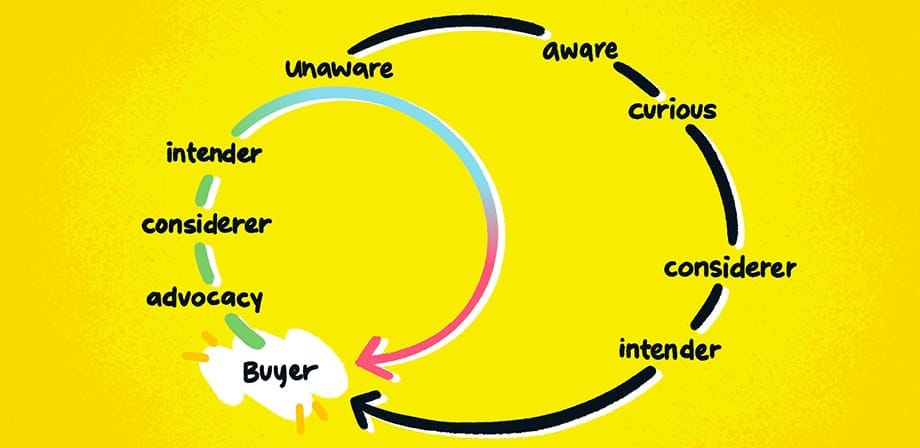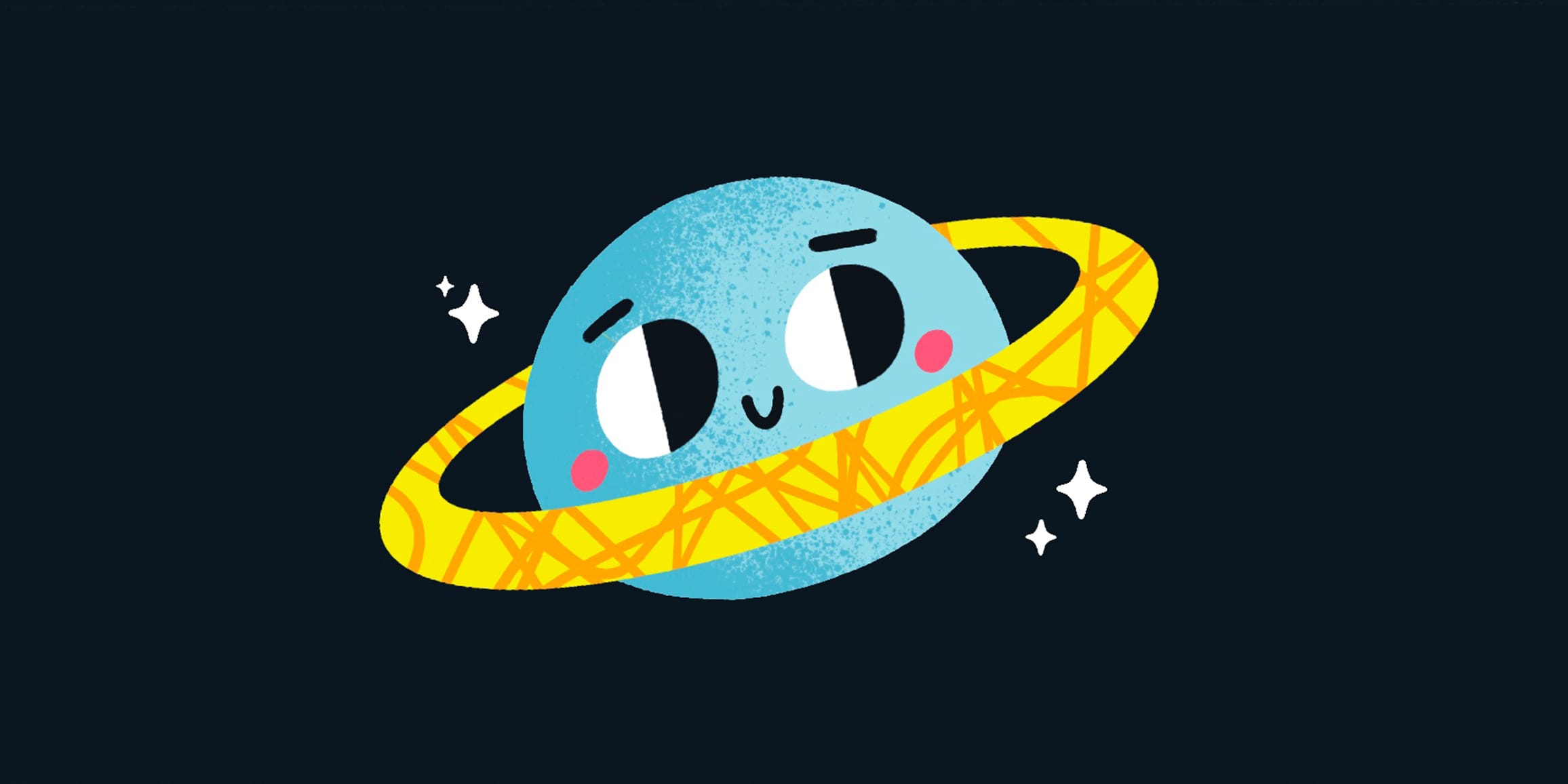For decades, advertising and sales strategies have been rooted in the idea of a marketing funnel. At the top, customers become aware of your brand and your brand’s marketing then guides them past consideration, education, and action. Did you just feel something shift? You’re actually inside a marketing funnel right now. (Don’t worry — you’re safe.)
But marketing funnels aren’t an undeniable gravitational force. Sure, if you’re selling tractors that break down after 20 years, your customer will follow a conventional path to another purchase. But when you’re trying to make an impact in the multi-channel worlds of youth entertainment, you can’t view your audience in such a transactional way.
Relying on your marketing funnel to generate sales isn’t entirely antiquated thinking. But it is limiting your success. Every brand’s favorite person may be their next customer. However, if you’re not using the tools at your disposal to form a lasting relationship with your current customers, your funnel may effectively be circling the drain.

Creating a ‘loyalty loop’ offers more than your brand’s marketing funnel
One of the main problems with solely depending on a marketing funnel is ultimately revealed in the metaphor. After all, funnels are designed to drive oil, water, and people to a single point. Once your customer reaches it, they’re at the end of the line.
In today’s competitive, interconnected digital economy, you need to view any transaction as an ongoing relationship. Social media and influencers provide multiple, always-on connection points between your brand and customers. By continually engaging with your fans, you can nurture a connection that resembles more of a loyalty loop than a one-way funnel.

Shift focus away from new sales and drive loyalty to your brand
An effective loyalty loop drives more value from your marketing efforts. Rather than focusing all your energy and advertising budget toward constantly generating new customers, you can engage with and potentially upsell the users you already have.
But loyalty loops aren’t solely focused on encouraging customers to buy again and again (although that would be great). Whether through email or social media channels, you should use your existing points of connection to ensure your customers are consistently engaged with your products. For example, the more excited a gamer remains about a new console, the more likely they are to use it more. And the more they play, the more of a fan they become. Once a customer reaches that level, sales begin taking care of themselves.
Building a loyalty loop requires developing customer relationships to foster loyalty to your brand and potentially turn fans into advocates for your products. By viewing your customers as something more than a transaction, your brand can reap the more lasting and lucrative benefits of positive word of mouth.

Word of mouth simplifies your marketing
Tapping into social media and its influencers to promote your brand isn’t just a more cost-effective and easier way to reach customers than a classic, funnel-driven approach. It’s also more reliable.
According to one recent report, 92% of people rely more on word-of-mouth referrals than advertising. But word of mouth doesn’t necessarily need to come from trusted friends and relatives to be successful.
Review sites, message boards, and forums drive purchase decisions by delivering honest feedback from like-minded users. Given everyone has a social channel through TikTok, Twitch, or YouTube, all your customers are potential influencers. Whether they’re telling a handful of friends about your product or thousands of followers, the positive word of mouth is vital to your brand.
When you’re marketing a product like a toy or game, customers can also try these out at their friend’s house or in stores. If they have a good experience, they’re likely to get excited, make a purchase, and maybe tell their friends. The focus for your brand is to ensure that excitement continues.
How social channels allow customers to keep your brand in mind
Building a loyalty loop isn’t necessarily about launching campaigns to ensure your brand sells more products. It’s about building strategies that create regular habits for their use.
To use another example from video games, a brand shouldn’t rely on its marketing funnel to direct console buyers toward places to buy more games. Instead, brands should connect with customers to underscore all the fun ways your product can be used.
This approach can be especially effective when marketing creative tools like musical instruments. Instead of just providing links, guitar manufacturers can hire rock stars using the brand in a YouTube clip. If their customers already have a connection with the brand and the artist, their affinity will only grow.
Build user habits to increase connection with your brand
Technology also allows your brand to continually expand the experience of a recent sale. At one time, software like videogames were promoted, purchased, and that was that. Now, brands can continually expand their offerings to keep their customers engaged.
Gaming brands use email or social to announce new levels, characters, or any other updates that enhance a title's experience. Rather than a sale constituting the end goal, it evolves to ensure your customer keeps exploring a drip-feed of features.
When your goal is driving engagement with your products, your marketing doesn’t have to be focused on closing the sale. Building a connection with your brand is especially valuable if you’re targeting a young audience. Rather than going to the dark side with hard-sell tactics, you can use YouTube Kids or Twitch to show what the experience of your product is like.

Marketing funnels miss the full picture of your customer
Classic marketing funnels that are designed to constantly pursue and convert new customers aren’t just expensive to produce. They’re also far too transaction-focused and assume your audience follows a linear path to the moment of purchase.
Plus, focusing on your sales funnel leads to a robotic approach to marketing. When your brand succumbs to funnel vision, it treats customers as numbers on a spreadsheet. You can't afford to lose sight of them as people with needs and desires your products can serve.
Funnels may not be over, but they’re showing their age in today’s marketplace. However, if you remain focused on customers and their experience after reaching the supposed end of the line, you can create long-term relationships that will take your brand to new heights.


